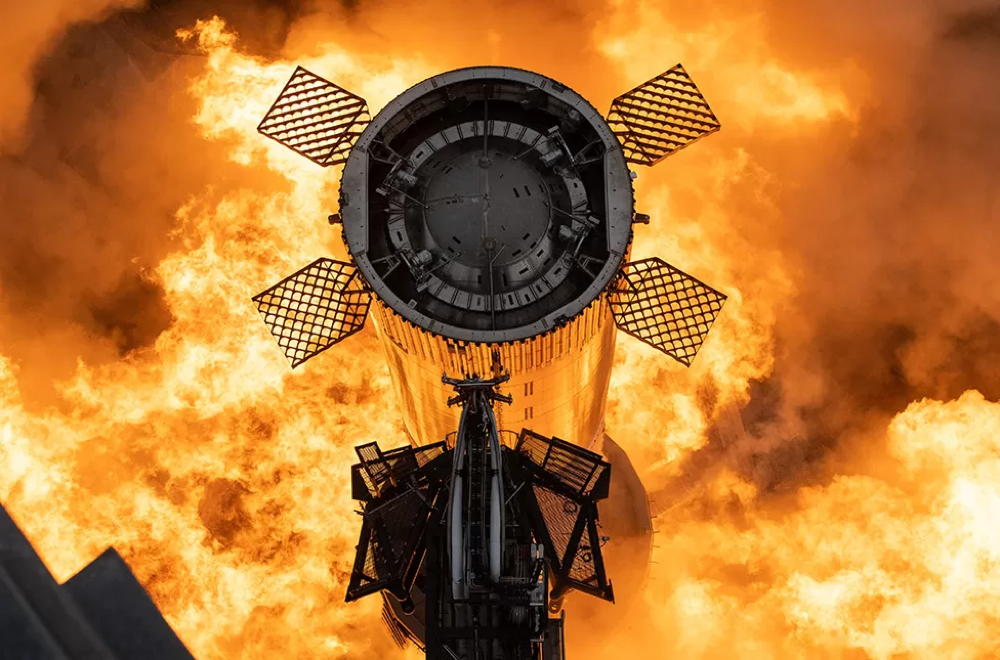SpaceX Postpones Starship Launch, Citing Technical Glitch

SpaceX cancels test-launch of massive Starship vehicle after identifying malfunctioning pressurant valve, may retry this week
Private US space company SpaceX has delayed its planned Monday launch of the launch of the world’s most powerful rocket ever, due to a technical issue.
The firm said the launch of its Starship vehicle would be delayed by “a minimum of 48 hours” after it identified a problem with a pressurant valve.
The launch had been set to go ahead at 14:20 BST but was called off 40 seconds before launch.
SpaceX chief executive Elon Musk said on Twitter, “A pressurant valve appears to be frozen, so unless it starts operating soon, no launch today.”

‘Minimum of 48 hours’
SpaceX engineering manager Kate Tice said, “We are expecting a minimum of 48 hours to recycle. We unfortunately had a hold on the countdown today.”
The company’s principal engineer John Insprucker said, “The decision right now is that we are going to stop the launch for today.”
The launch had received approval from regulators on Friday, after SpaceX had been left waiting for more than a year.
The Starship vehicle, together with its first-stage booster called Super Heavy, is designed to deliver a total of 72 meganewtons of thrust, nearly twice that of NASA’s Space Launch System, which at 39.1 meganewtons is currently the most powerful rocket that has ever flown.
A pressurant valve appears to be frozen, so unless it starts operating soon, no launch today
— Elon Musk (@elonmusk) April 17, 2023
Lunar mission
The vehicle is intended to carry astronauts to the lunar surface for NASA and eventually to fly to Mars.
Musk had said in an earlier Twitter Spaces event that he wanted to “set expectations low” as the launch could well be postponed.
SpaceX has held a number of short-range protype tests from its Boca Chica launch pad over the past few years, with a number of them ending in dramatic explosions as the vessel settled vertically back onto the launch pad.
The company carried out a successful suborbital test in May 2021 and since then has been working to get the Super Heavy booster ready for flight, with its 33 Raptor engines.
Ambitious plans
Together Super Heavy and Starship rise nearly 120 m (400 ft), taller than NASA’s Saturn V that carried out nine crewed misssions to the Moon in the late 1960s and early 1970s.
The Starship launch is designed to see Super Heavy lift Starship off the ground at 90 percent of its maximum thrust, before making a partially controlled descent and sinking into the Gulf of Mexico.
Starship is then intended to complete a transit almost all the way around the globe using its own rockets, then return through the atmosphere and drop into the Pacific Ocean near Hawaii about 90 minutes after liftoff.